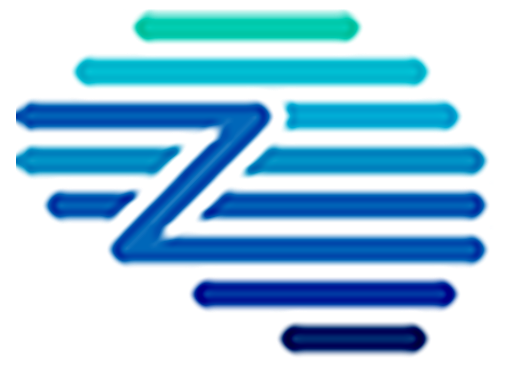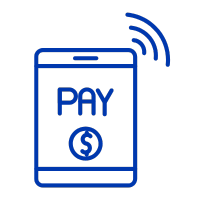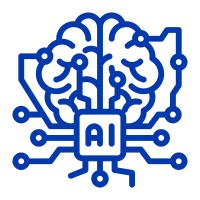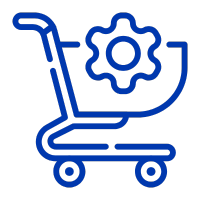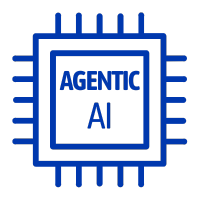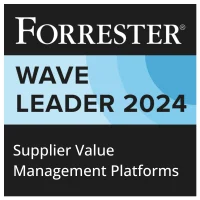Sourcing is the process of identifying, evaluating, and engaging suppliers of goods and services to meet organizational needs. This involves assessing supplier capabilities, conducting market research, negotiating terms, and selecting vendors to achieve optimal procurement solutions. It is a strategic component of procurement, aimed at ensuring cost-effectiveness, quality, and compliance with organizational objectives.
Key Benefits
– Cost Efficiency: Implements AI and automation to reduce procurement cycle times, leading to significant cost savings by eliminating manual inefficiencies and optimizing supplier negotiations for better terms.
– Enhanced Compliance: Provides built-in compliance checks and risk assessments, ensuring that all sourcing decisions adhere to regulatory standards, minimizing risks of non-compliance and protecting the organization’s reputation.
– Intelligent Decision-Making: Leverages real-time analytics and AI-driven insights to provide actionable data, enhancing decision-making processes to optimize negotiations and manage supplier relationships effectively.
– Risk Mitigation: Automatically vets suppliers and conducts ongoing risk assessments to avoid potential supply chain disruptions, ensuring that procurement decisions are well-informed and strategic.
– Strategic Focus: By automating routine procurement tasks, teams can redirect their efforts towards strategic, value-adding activities, such as developing supplier relationships and driving innovative procurement strategies.
Related Terms
– Cost Efficiency: Implements AI and automation to reduce procurement cycle times, leading to significant cost savings by eliminating manual inefficiencies and optimizing supplier negotiations for better terms.
– Enhanced Compliance: Provides built-in compliance checks and risk assessments, ensuring that all sourcing decisions adhere to regulatory standards, minimizing risks of non-compliance and protecting the organization’s reputation.
– Intelligent Decision-Making: Leverages real-time analytics and AI-driven insights to provide actionable data, enhancing decision-making processes to optimize negotiations and manage supplier relationships effectively.
– Risk Mitigation: Automatically vets suppliers and conducts ongoing risk assessments to avoid potential supply chain disruptions, ensuring that procurement decisions are well-informed and strategic.
– Strategic Focus: By automating routine procurement tasks, teams can redirect their efforts towards strategic, value-adding activities, such as developing supplier relationships and driving innovative procurement strategies.
References
For further insights into these processes, explore Zycus’ dedicated resources related to Sourcing:
- Jason Busch on history of eSourcing (a short video)
- You Sure Didn’st Realize these Benefits of Strategic Sourcing
- Leveraging Social Media in Procurement Transformation for Better Sourcing
- Leaving reverse auctions in the dust: Discovering a next generation of sourcing technologies
- MetalMiner’s Sourcing Outlook, Zycus – Episode 4 (February 2012)
White Papers
Master the UK Procurement Act 2023: Ensure Compliance & Drive Procurement Excellence

Filter by
Compliant Invoicing
Compliant Invoicing refers to the process of generating, submitting, and managing invoices in adherence with legal, regulatory, and contractual requirements.
Continuity Plan
A Continuity Plan is an organized set of policies and procedures designed to ensure that a company’s essential operations can
Cost Modeling
Cost Modeling in procurement refers to the analysis and estimation of the total cost of ownership of a product or
Contract Audit
Contract Audit is a systematic evaluation of agreements and related documentation to ensure compliance with contractual terms, identify discrepancies, and
Procurement Cycle
The Procurement Cycle refers to the end-to-end process through which an organization identifies its needs, sources suppliers, negotiates contracts, places
Procurement Master Data Management
Procurement Master Data Management is the disciplined approach to managing core, consistent procurement information, including supplier, product, and contract data,

